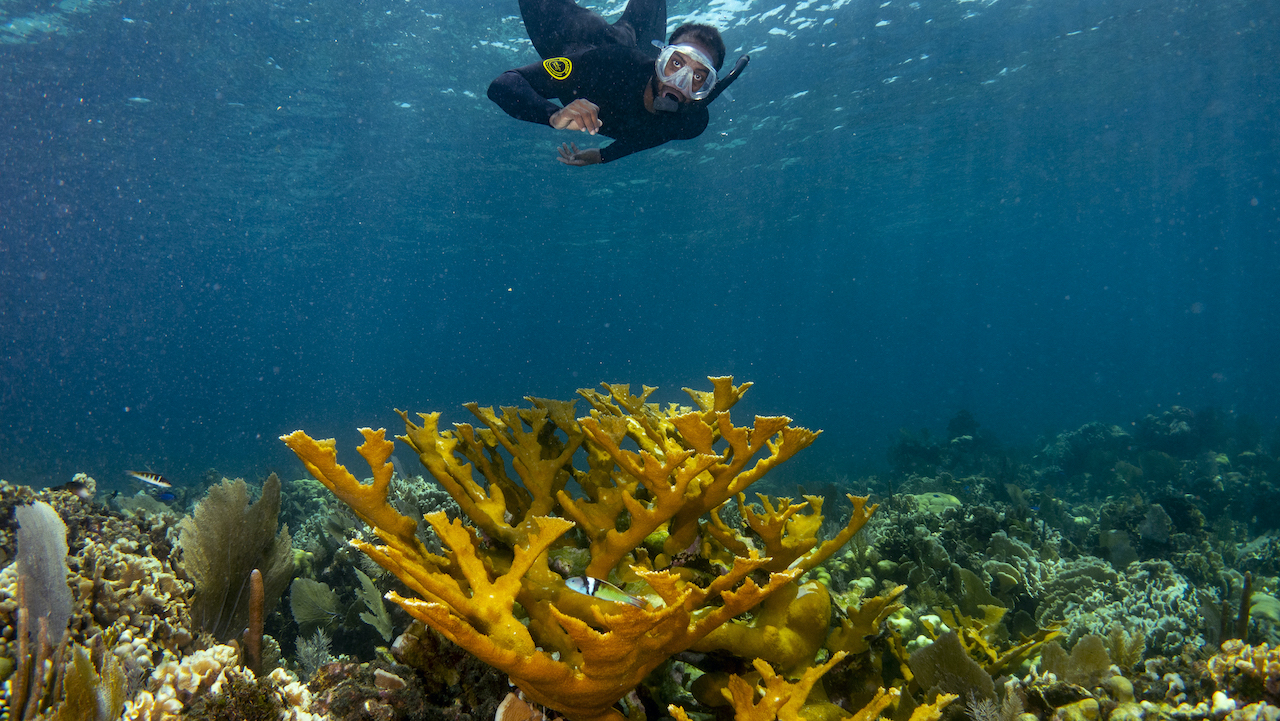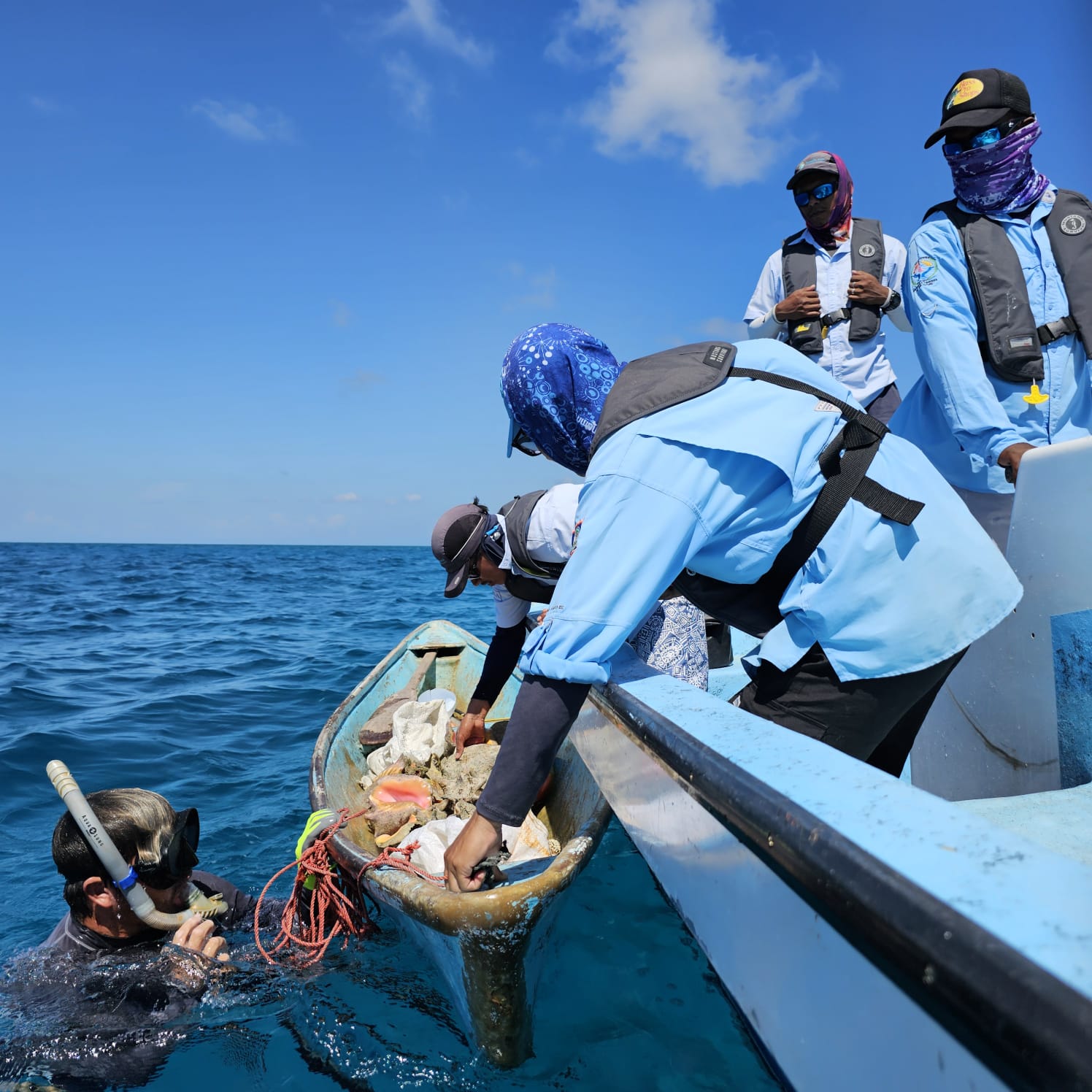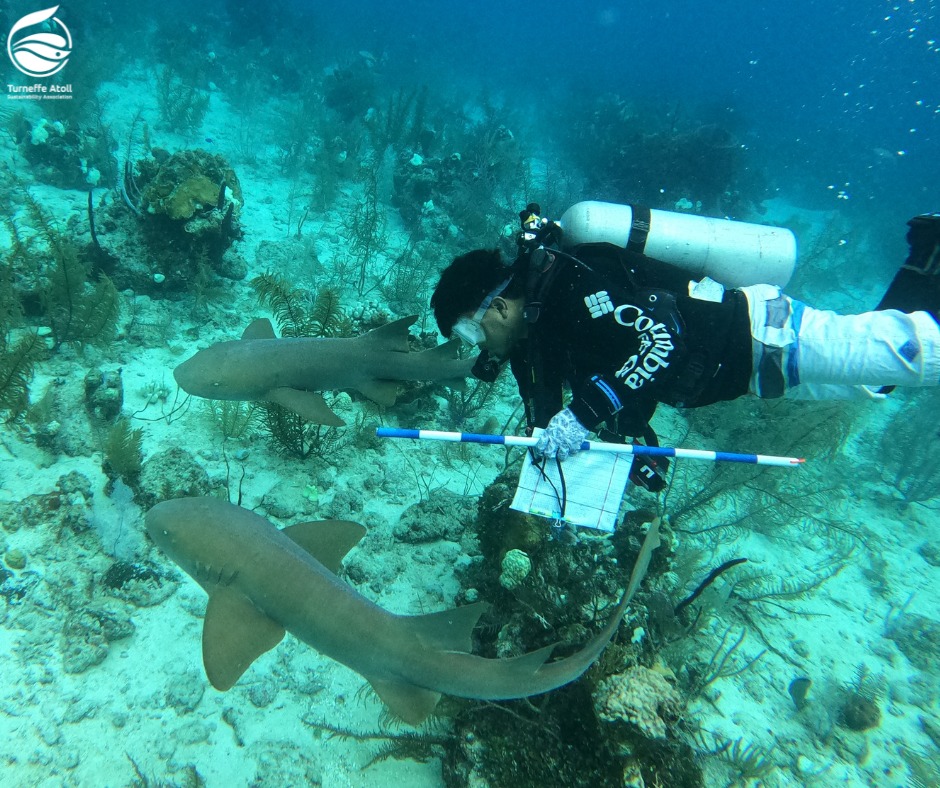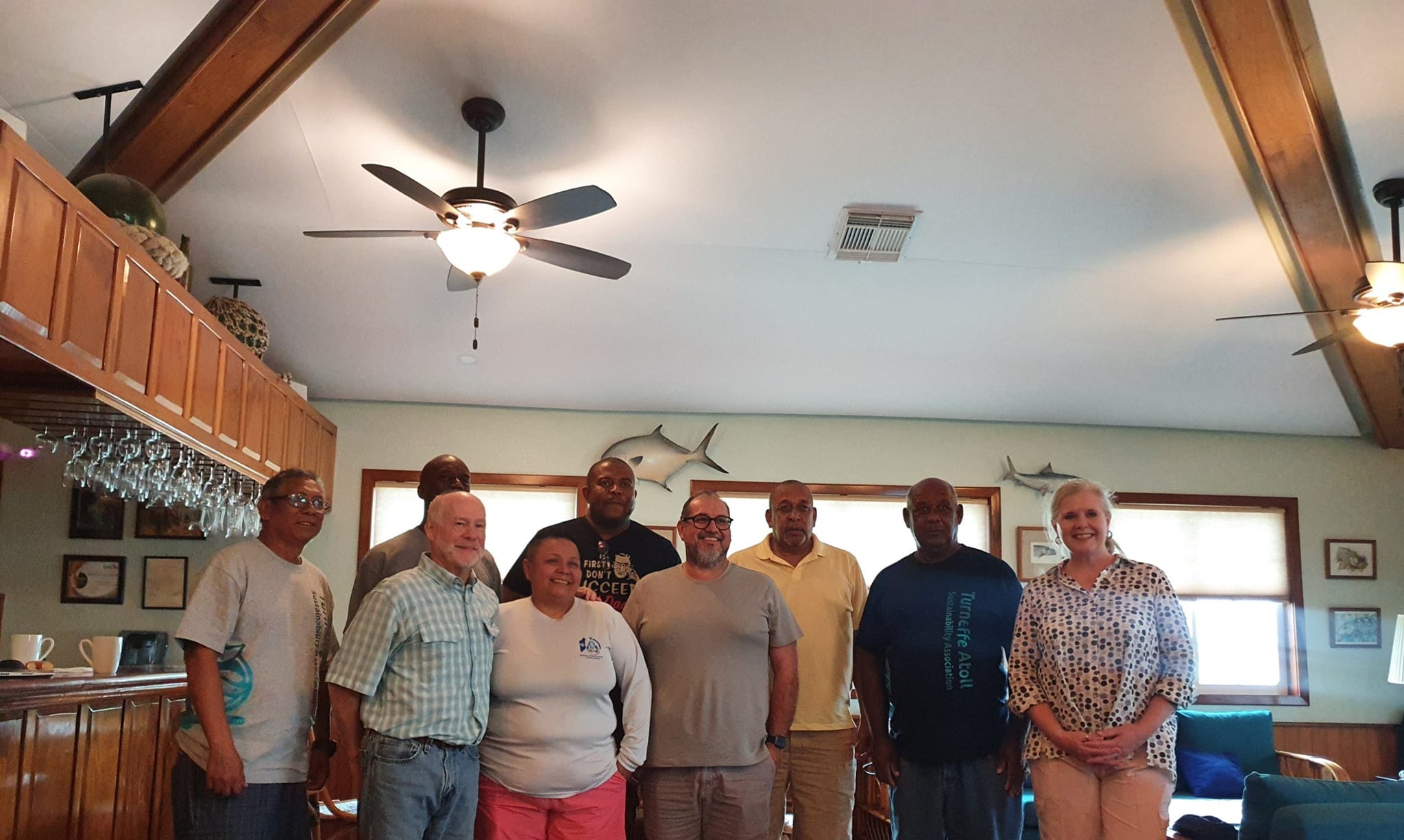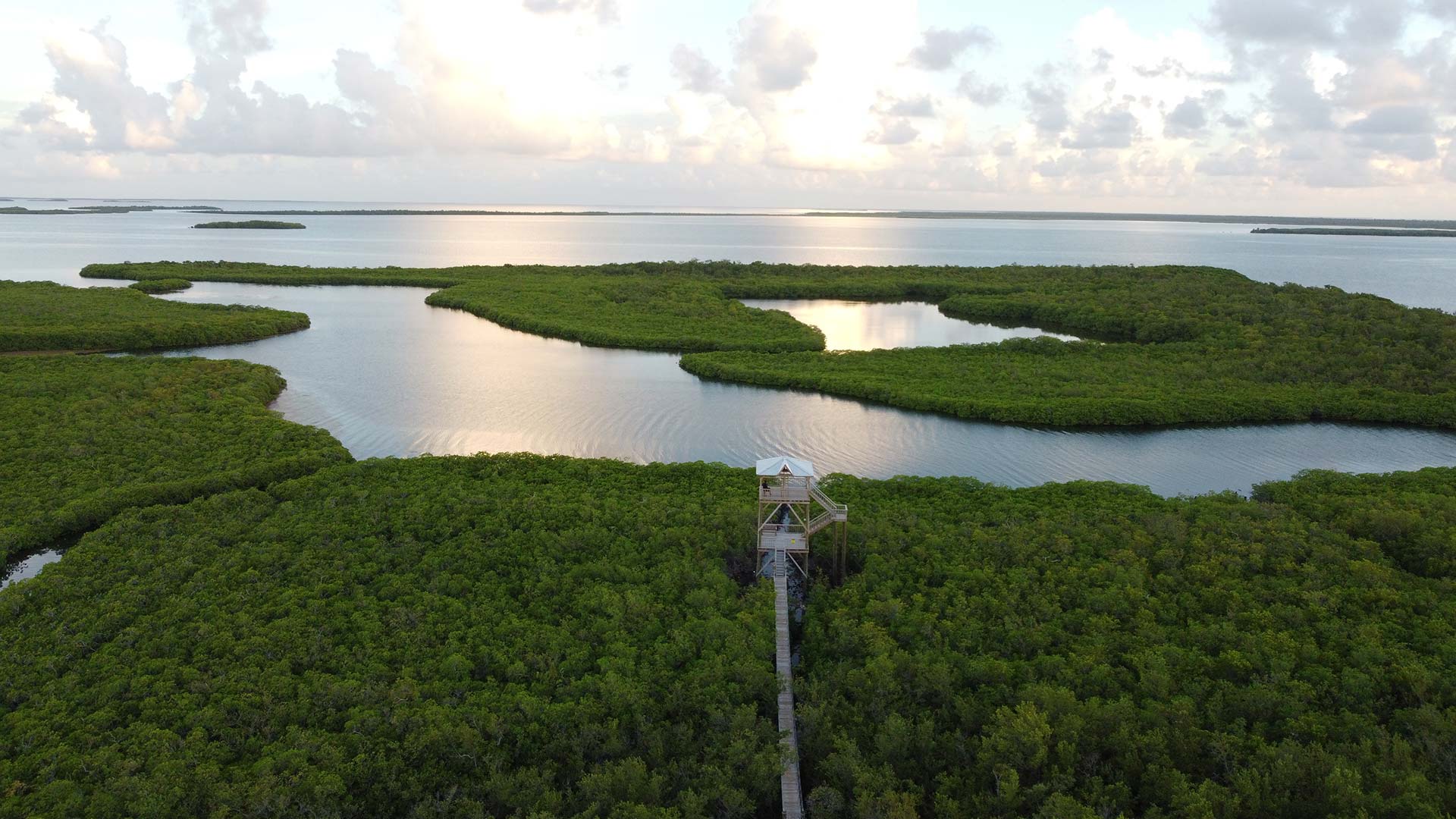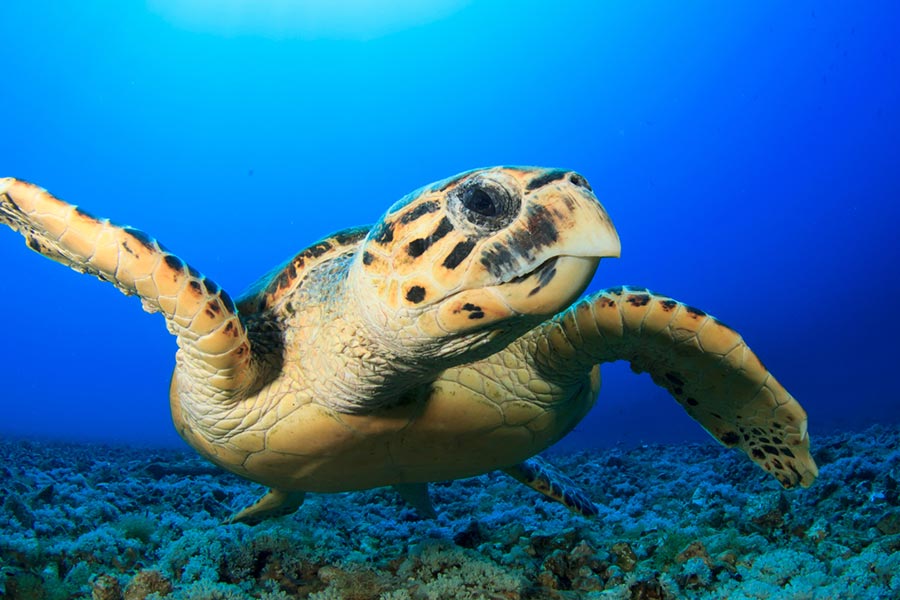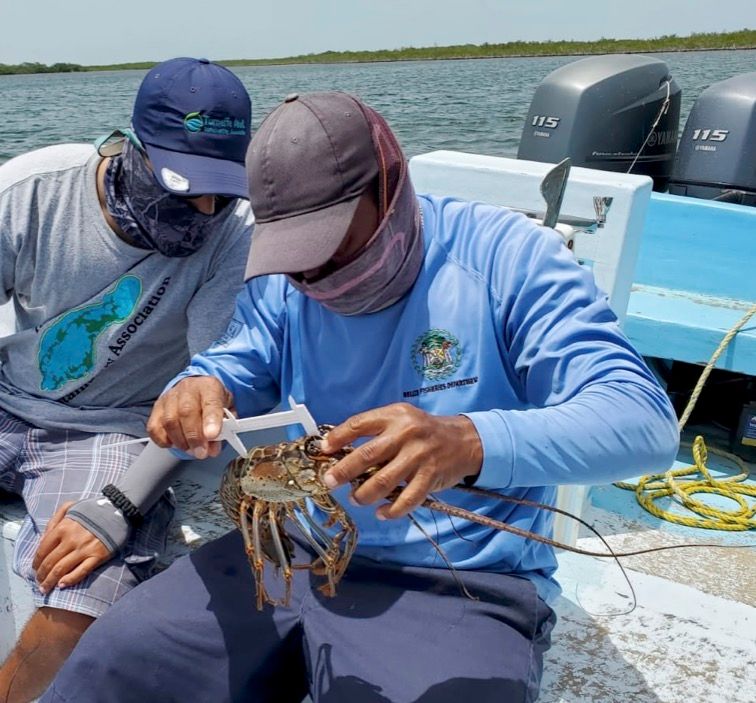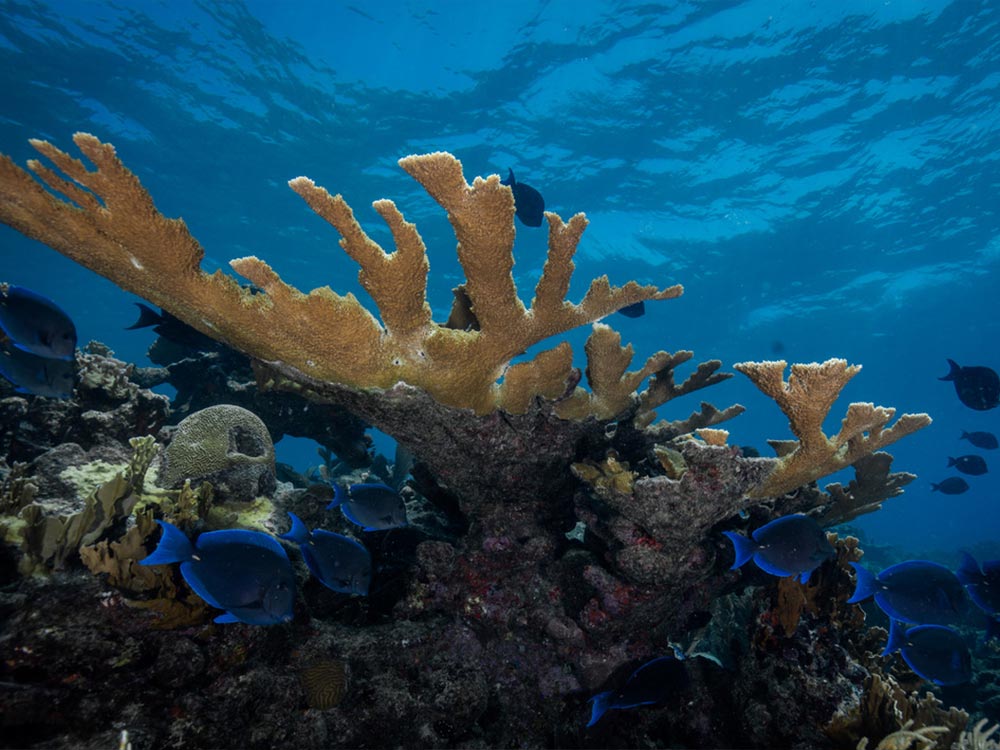LEARN
About Turneffe Atoll Marine Reserve
Turneffe Atoll Marine Reserve protects almost 1 400km2 of the greater Mesoamerican Reef. Even though Turneffe is a discrete coral structure, it’s part of this much larger barrier reef. Turneffe Atoll lies approximately 50km off the eastern coast of Belize. There are no permanent human settlements withing the reserve, but it’s a vital resource for local coastal communities and ecotourism. Above all, Turneffe Atoll is a biodiversity hotspot and a place that we need to protect for future generations.

